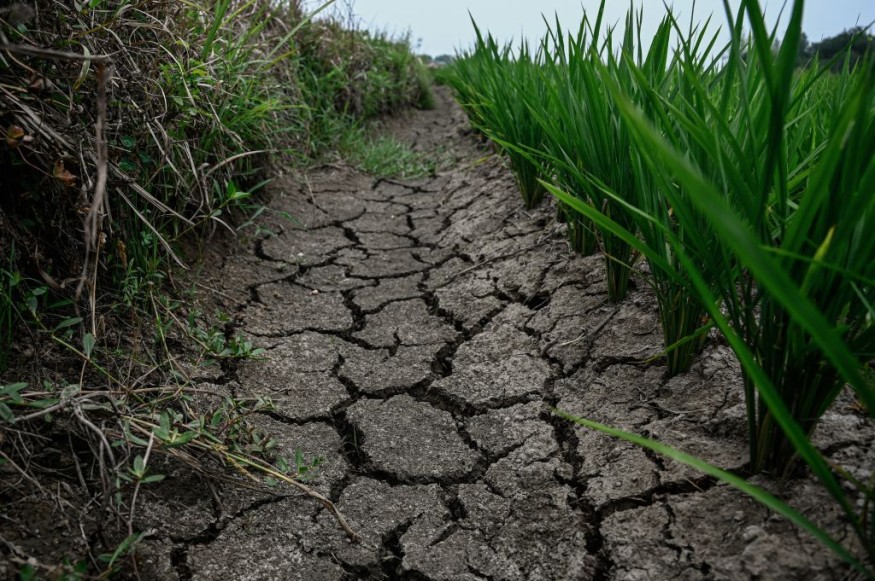
In the past three decades, Earth's drylands have significantly expanded, transforming vast regions from once-humid landscapes into arid zones.
According to a United Nations report, these drylands now cover 40% of the planet's surface, excluding Antarctica, with approximately 8% of the globe crossing the threshold from non-drylands to drylands.
Expanding Drylands Threaten Ecosystems and Global Economies
The report warns that these changes, driven largely by human-caused climate change, represent a permanent shift in Earth's ecosystems.
Unlike droughts, which are temporary, increased aridity marks a lasting transformation. Drylands are areas where 90% of rainfall evaporates, leaving little for vegetation and agriculture.
Scientists note that the changes to these regions are redefining life on Earth, with severe consequences for biodiversity, agriculture, and water security.
According to The Hill, the report highlights the devastating economic and environmental impacts of expanding drylands.
Between 1990 and 2015, Africa lost 12% of its GDP due to increasing aridity, with projections indicating a loss of up to 16% in the next few decades.
Asia is also expected to see economic losses nearing 7%. Crops like maize, a staple in regions such as Kenya, are at risk, with yields projected to halve by 2050 if current trends persist.
In addition to climate change, poor farming practices, overuse of water resources, and soil degradation are accelerating the spread of drylands.
Experts warn that if global greenhouse gas emissions continue unchecked, another 3% of currently humid areas could transition to drylands by the end of the century.
Global Summit Urges Action to Halt Expanding Drylands and Restore Vital Lands
The United Nations Convention to Combat Desertification (UNCCD) has emphasized the urgency of addressing this issue.
A global conference in Riyadh, hosted by Saudi Arabia, aims to foster international cooperation to halt land degradation and restore affected regions, The Guardian said.
However, critics point out that some host countries have been slow to address the root cause—climate change.
Despite the dire outlook, scientists and conservationists stress that solutions are available. Sustainable agriculture, better water management, reforestation, and education initiatives could slow the expansion of drylands and help communities adapt.
Barron Orr, chief scientist at the UNCCD, underlined that immediate action could prevent catastrophic tipping points that would worsen resource scarcity and food insecurity.
With nearly half of Africa's population already living in drylands and the global number projected to double by 2100, protecting these regions is crucial.
Experts call on governments worldwide to curb emissions, implement sustainable practices, and ensure that affected communities are supported. Taking decisive action now could secure a healthier, more sustainable future for generations to come.
© 2025 NatureWorldNews.com All rights reserved. Do not reproduce without permission.





